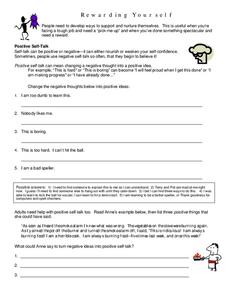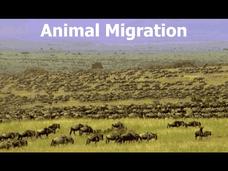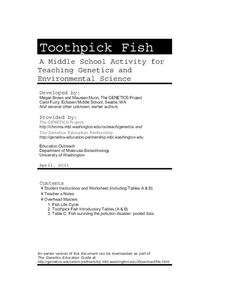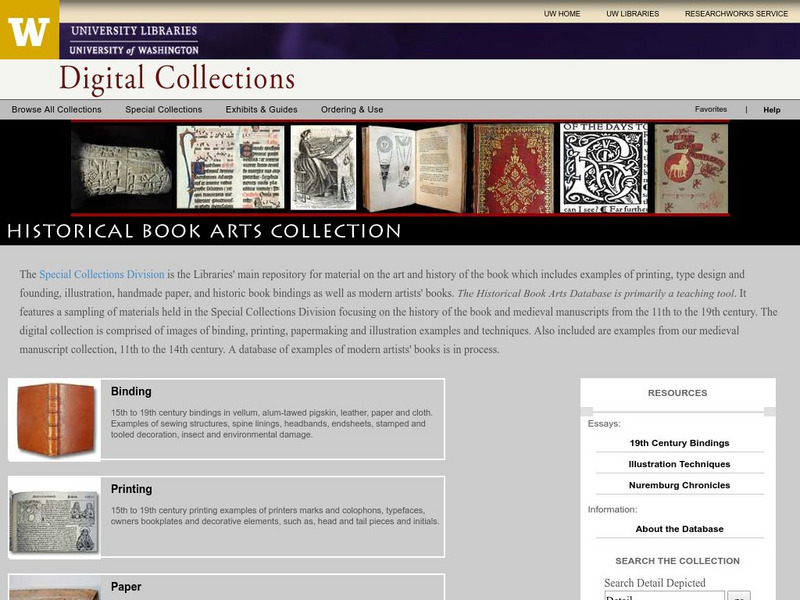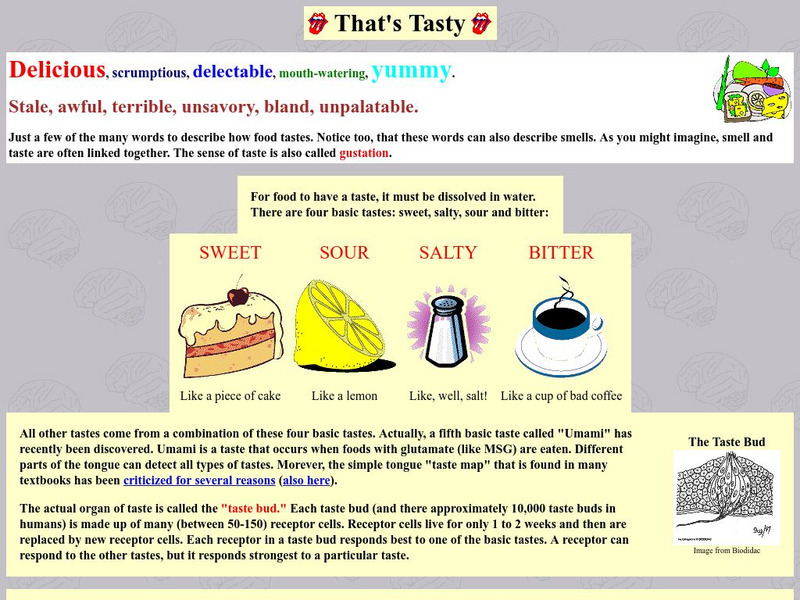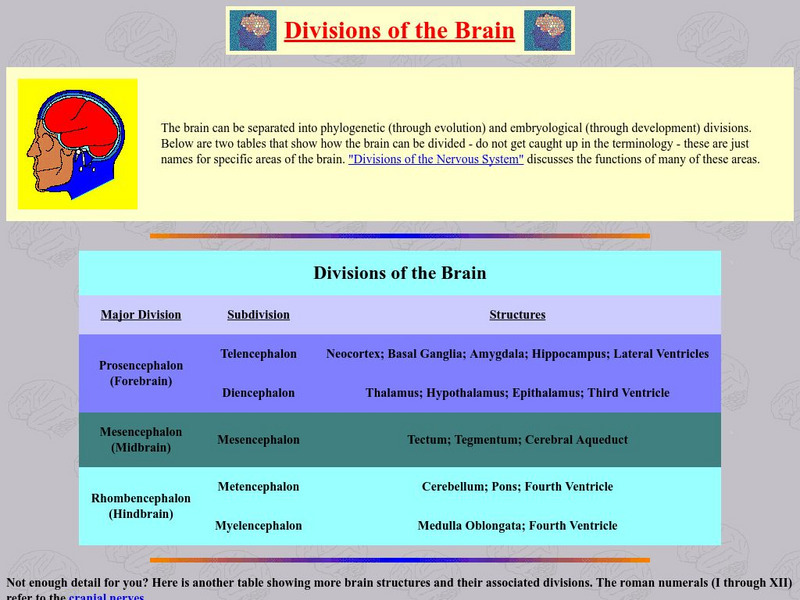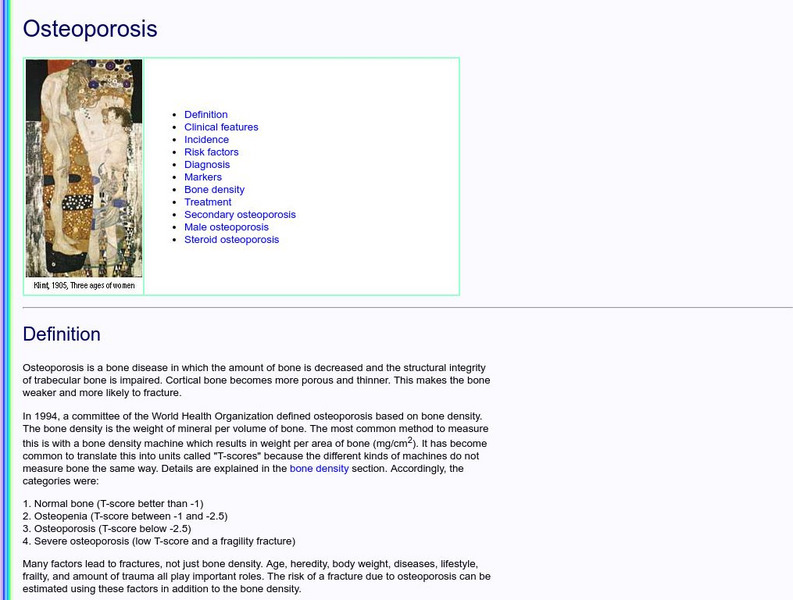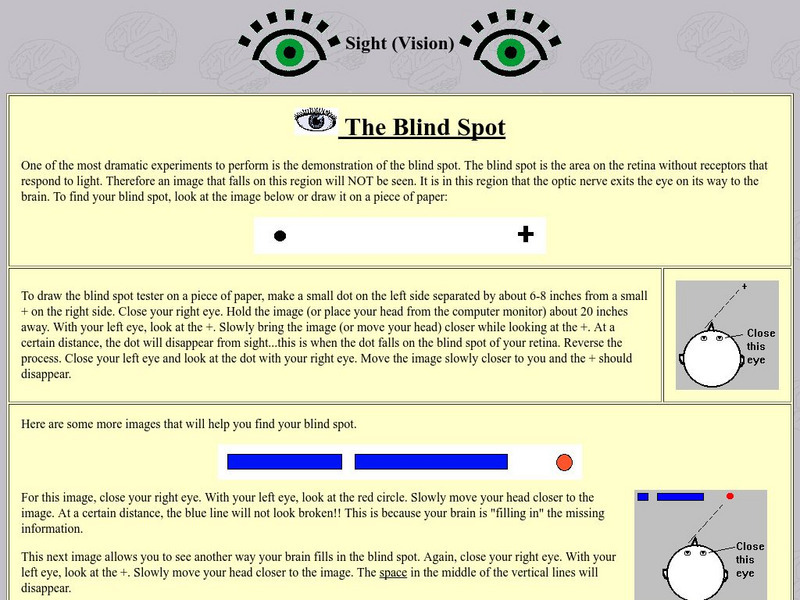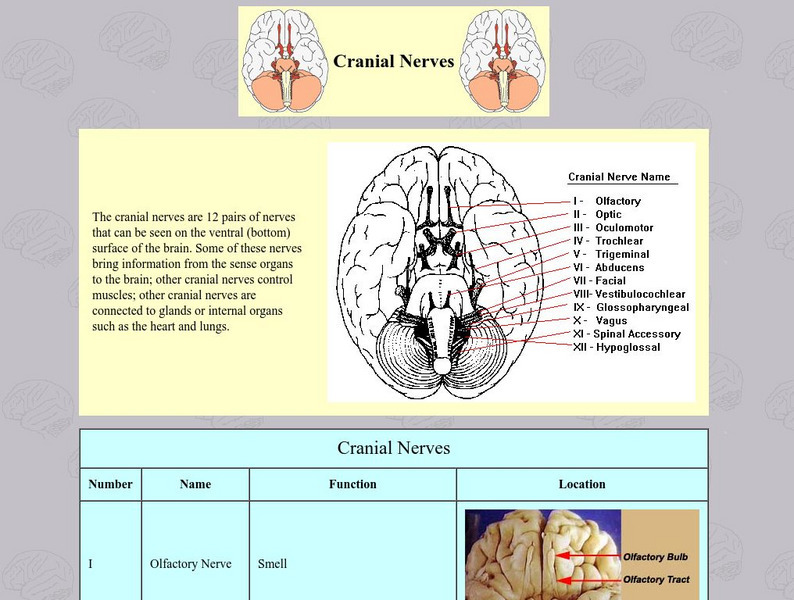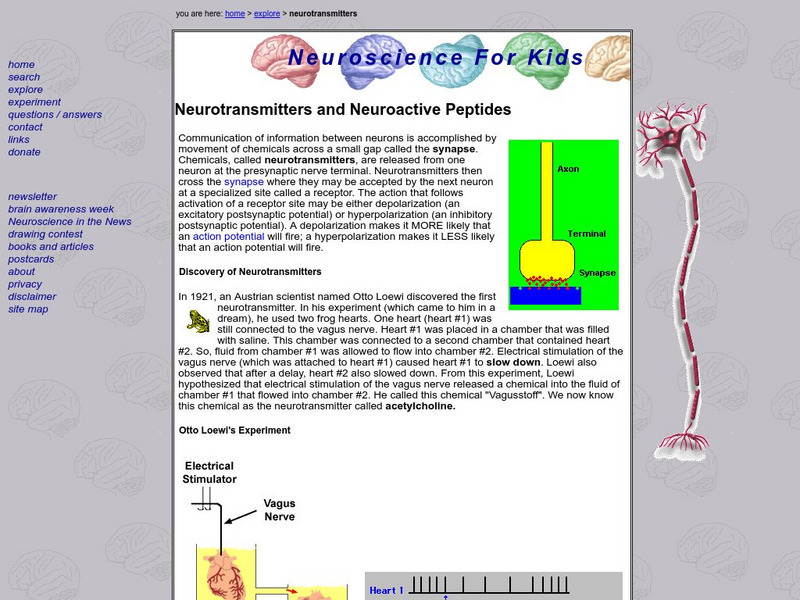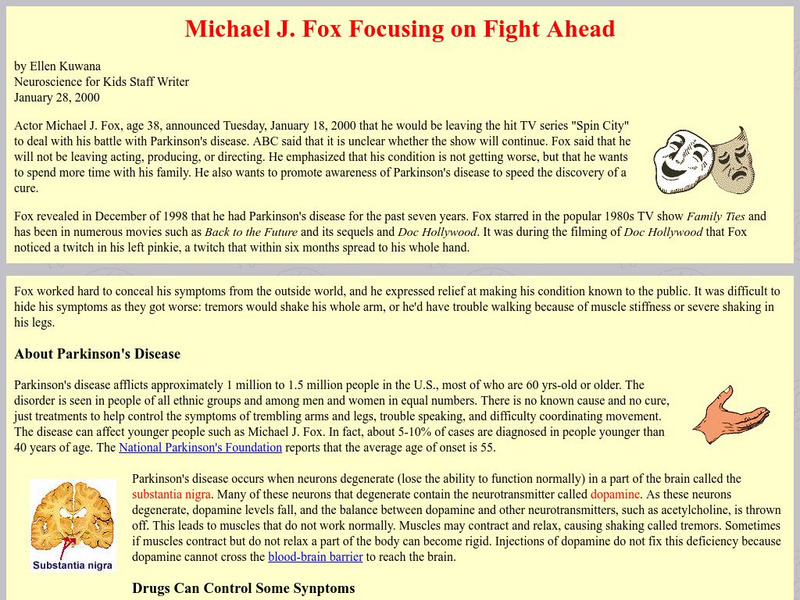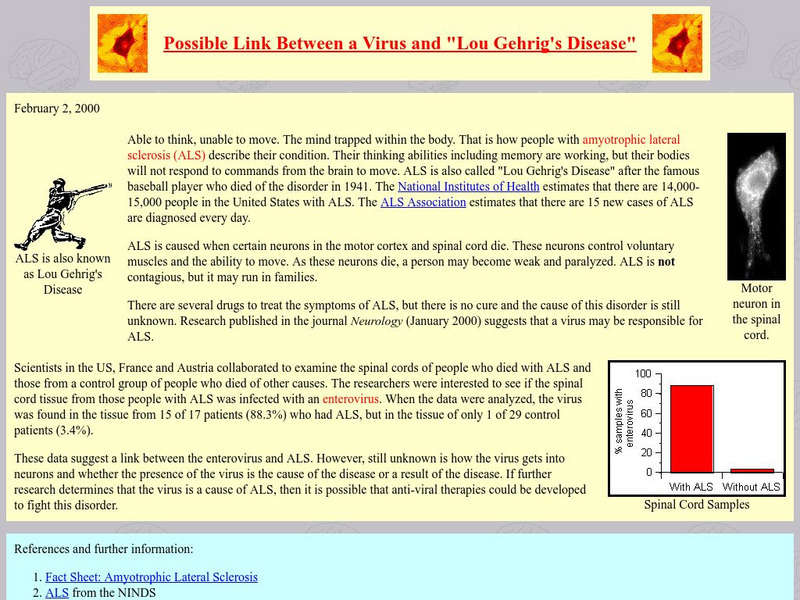University of Washington
Pasta Genetics
Four different-shaped and dyed pasta types represent four different alleles. Following a guide sheet, young geneticists practice randomly selecting alleles and discover the traits of the resulting offspring. This is a fun and solid...
University of Washington
The Carbon Cycle
When it comes to the carbon cycle, the sky really is the limit. The lesson begins with observing a closed ecosystem in a bottle. Then, scholars discuss and answer questions on the carbon dioxide and oxygen cycles.
University of Washington
Using Modeling to Demonstrate Self-Assembly in Nanotechnology
Do polar opposites attract? After an introduction on the polarity of molecules, pupils are asked to design a self-assembling model using materials with different polarity. The challenge should motivate learners to develop a workable...
University of Washington
Connecting Youth to Quality Health Information
Many teenagers don't have adequate access to health and nutrition information beyond a quick Internet search. Guide them into health advocacy and proficiency with a instructional activity focused on MedlinePlus as a reliable source for...
University of Washington
Rewarding Yourself
Everyone experiences negative self-talk from time to time, but how can youngsters learn to take it easy on themselves? Use an activity that focuses on talking positively to oneself, including giving yourself compliments and spending...
University of Washington
Kepler’s Laws
Introduce your physics or astronomy class to Kepler's laws of planetary motion with this straightforward worksheet. It covers the basic concepts of each and has learners answer questions to demonstrate their grasp on them. You could use...
University of Washington
Animal Migration
Here is a unique resource to use with middle and high schoolers that deals with animal migration. Viewers discover the reasons for, types of, and animals that practice this behavioral adaptation. Specific animals that are introduced...
University of Washington
Toothpick Fish
With colored toothpicks representing genes, youngsters practice passing them through generations of fish and learn about heredity. Consider this as an introductory activity since it does not represent recessive genes with lowercase...
University of Washington
Neuroscience for Kids: Outside Games
Learn about how the synapse works in the nervous system. Then play common games that demonstrate many functions of the nervous system. Find definitions of the vocabulary necessary to understand how the nervous system works.
University of Washington
University of Washington: Historical Book Arts
Learn about various aspects of the traditional art of bookmaking from the binding, printing and illustrations, to the papers used. These galleries and descriptions are a complete resource on this topic.
University of Washington
University of Washington: Chinese Calligraphy
An online visual sourcebook that explores the fundamentals of Chinese calligraphy. Provides historical information, examples of script types, techniques of transmission, questions and answers, and similar resources. An extensive...
University of Washington
University of Washington: That's Tasty
This resource goes into great detail describing the sense of taste through pictures, links, and solid information.
University of Washington
Natural History Museums and Collections
Presents links to museums worldwide, as well as categorizing them by each continent.
University of Washington
Washington University: Divisions of the Brain
This section of the site entitled "Divisions of the Brain",is the best overall site for study of the nervous system.
University of Washington
University of Washington: Osteoporosis
Detailed information about osteoporosis, including diagnosis, prevention and treatment. While the some of the medical language of the site can be difficult, the use of charts and diagrams make the information more accessible.
University of Washington
University of Washington: Lobes of the Brain
Site dealing with lobes of the brain. Links to various other sites with lots of information.
University of Washington
Neuroscience for Kids: Vision and Optical Illusions
Wow! A great page full of different experiments to illustrate the phenomena of optical illusions, and then it explains what is happening!
University of Washington
University of Washington: Parts of the Nervous System
This site provides a great deal of information about the nervous system. In particular, the tools used to teach about the brain are helpful and effective.
University of Washington
Aquatic Organic Geochemistry
Learn about what the University of Washington has to offer in their institute of Oceanography including apprenticeships, river studies, and demineralization.
University of Washington
University of Washington: Alzheimer's Disease
Designed for high school students, this site has a lot of interesting information about Alzheimer's disease. Definitions, symptoms etc. Also a short story about President Ronald Reagan.
University of Washington
University of Washington: Cranial Nerves
Site entitled "Cranial Nerves." Links to other sites.
University of Washington
Neurotransmitters and Neuroactive Peptides
Very good introduction to the role that these chemicals play in the nervous system.
University of Washington
Univ. Of Washington: Michael J. Fox Fight Ahead
University of Washington site with article about Michael J. Fox's battle with Parkinson's disease and how his treatment relates to the thalamus.
University of Washington
Possible Link Between a Virus and "Lou Gehrig's Disease"
This site discusses the possible relationship between a virus and Lou Gehrig's Disease. It has photos, illustrations and links to other resource information.






